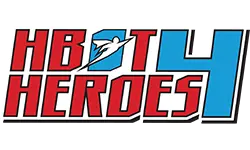In war zones, some wounds are immediate and visible: shrapnel, burns, broken bones. Others lurk beneath the surface, unseen by scans or doctors, yet deeply life-altering. Blast trauma is one of the most devastating and overlooked injuries of modern combat. Caused by the sheer force of explosions, it often leads to invisible brain injuries misdiagnosed as PTSD or ignored entirely.
One such story recently emerged from Israel. In a July 2025 article by Ynet News, 21-year-old IDF soldier Omer Reinhold, a Givati Brigade commander, described surviving a missile blast in Gaza. The explosion erupted just above his head. He wasn’t bleeding. He could walk. On the surface, he appeared fine.
But the reality was far different. Within days, Reinhold began battling intense fatigue, hearing loss, mood swings, light sensitivity, memory problems, and more. Months later, he was diagnosed with post-concussion syndrome,—a type of mild traumatic brain injury (mTBI) caused by blast exposure.
Reinhold’s experience is not unique. His story echoes what thousands of American veterans live with every day.

“I didn’t feel like myself anymore. But nothing showed up on the scans.” – Omer Reinhold
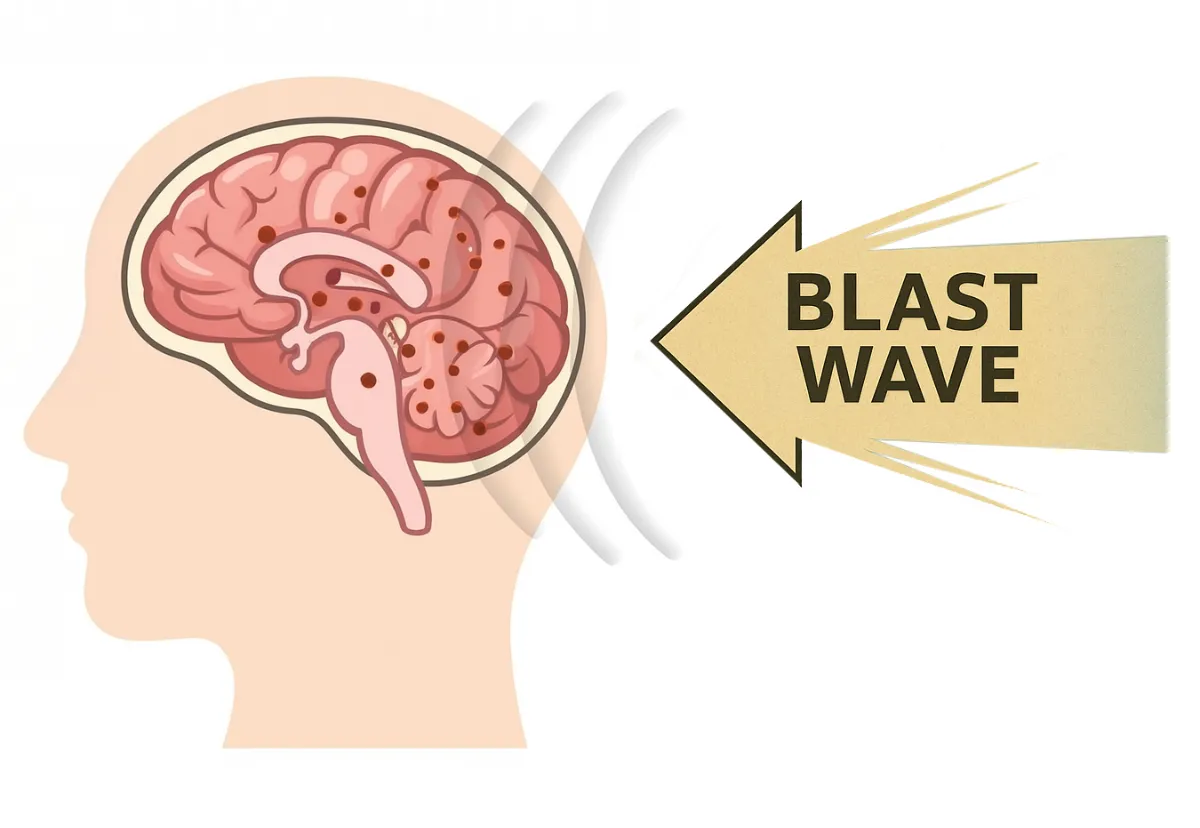
How blast waves cause invisible injuries inside the brain.
Invisible Injuries, Very Real Pain
Modern warfare exposes soldiers to repeated blast waves from IEDs, mortars and artillery. These explosions produce concussive forces damage the brain, causing neurological and cognitive damage without breaking the skin or any outward physical injury. Symptoms may not appear for days or weeks and often mimic those of PTSD—leading to misdiagnosis, mistreatment, and missed opportunities for recovery.
Unlike blunt-force trauma, blast injuries come from pressure waves that travel through the body and rattle the brain inside the skull, causing microscopic damage that imaging can’t detect.
Common Symptoms of Blast-Induced mTBI
War-fighters with these “invisible injuries” may experience these symptoms that can derail family life, careers, and relationships:
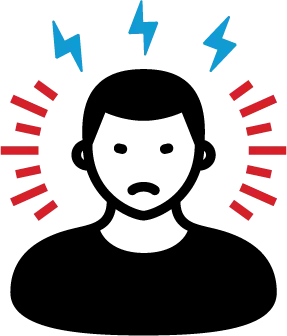
Chronic headaches

Memory loss and confusion

Concentration problems

Dizziness & balance issues

Sleep disturbances
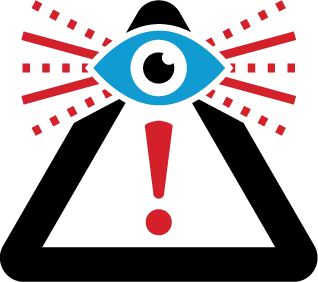
Sensitivity to light & sound

Emotional Instability (anxiety, irritability, depression)
Too often, these symptoms are written off as psychological trauma or PTSD alone. But they may signal a physical brain injury that requires a different path to healing.
Diagnosis Is Just the First Battle: Why Conventional Medicine Misses It
Because these injuries don’t show up on traditional imaging, many veterans are told they’re fine, or misdiagnosed with psychiatric conditions. This delay in correct treatment leads to worsening symptoms and increase the risk of long-term disability, lost hope, and in too many cases, addiction, and suicide.
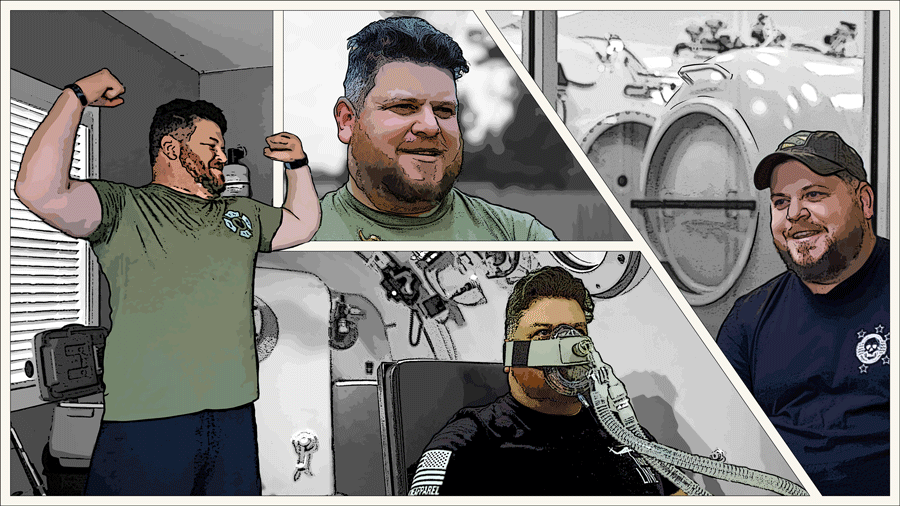
“And since the treatment, I haven’t had any of the reflex delays and neurological symptoms I experienced prior to HBOT.” – Robert Dawson
The Danger of Misdiagnosis

It’s not always PTSD.
Many soldiers walk around injured without knowing it. Brain trauma from blast exposure is frequently mistaken for PTSD. While both conditions are serious and may coexist, they require different treatments.
When these invisible brain injuries are misdiagnosed, veterans are often prescribed a complex mix of psychiatric medications that offer little relief. Misrouted through mental health systems rather than neurological care, they can feel overlooked, misunderstood, and hopeless.
Recognizing these injuries as what they truly are—physical trauma to the brain—is the critical first step. Early intervention can change everything.
A Path to Hope and Healing: Hyperbaric Oxygen Therapy (HBOT)
Hyperbaric Oxygen Therapy (HBOT) is a groundbreaking treatment for both TBI and PTSD. By delivering 100% oxygen at increased atmospheric pressure, HBOT increases oxygen delivery to damaged tissue, reduces inflammation, promotes neurogenesis (brain healing), and helps restore cognitive clarity.
Veterans treated with HBOT report improvements in sleep, mood, memory, and quality of life. Many are even able to reduce or eliminate long-term medications they’ve relied on for years.

100+ NC veterans approved for treatment, but unfunded

HBOT is now being used to treat the invisible wounds of war—reducing inflammation, restoring brain function, and giving veterans their lives back.
Research and real-world results show that HBOT can:
- Promote healing and reduce inflammation
- Improve cognitive function and emotional balance
- Reduce dependence on medications
- Restore quality of life and reduce suicide risk
North Carolina: Leading the Way… But We Need Your Help
In 2019, North Carolina passed HB50, authorizing the use of HBOT for veterans with PTSD and TBI. The outcomes reported through this program have been profound. But today, that funding has run out. No HBOT funds were included in this year’s state budget—not for HBOT4Heroes or any other non-profit organization. No one else is providing this type of care for our heroes.
We are deeply grateful for the state’s early support. But the reality is, we now rely entirely on private donations and corporate sponsors to keep this program alive.
Over 100 veterans have been approved for HBOT through our program—but are still waiting to be funded. They are ready. The chamber is ready. We just need the resources to make it happen.

North Carolina was first to lead. Now we must not leave veterans waiting.
The Cost of Inaction
The numbers are devastating:
- 44 veterans die by suicide every day, a number 2.4x higher than VA reporting, according to Operation Deep Dive (2022).
- The Costs of War Project reports 30,177 suicides among post-9/11 veterans as of 2021—nearly 4x the number of combat deaths.


These are not just statistics. These are fathers, mothers, sons, daughters, and friends. And behind far too many of these stories are untreated brain injuries that no one could see, reflecting a crisis of untreated trauma.
What You Can Do
You can help us bridge the gap between injury and healing:
You Can Help a Hero Heal
- Learn more about HBOT
- Contact us for treatment info
- Donate now to fund life-saving care
Your donation provides:
- Access to HBOT for veterans who can’t afford it
- Life-saving care for invisible wounds
- Hope for families who feel forgotten
Whether you’re a business, individual, or family foundation, your support makes healing possible. Consider becoming a sponsor or making a recurring donation. Every dollar funds treatment that changes—and often saves—a life.
Help us continue the mission. Because every hero deserves to heal.
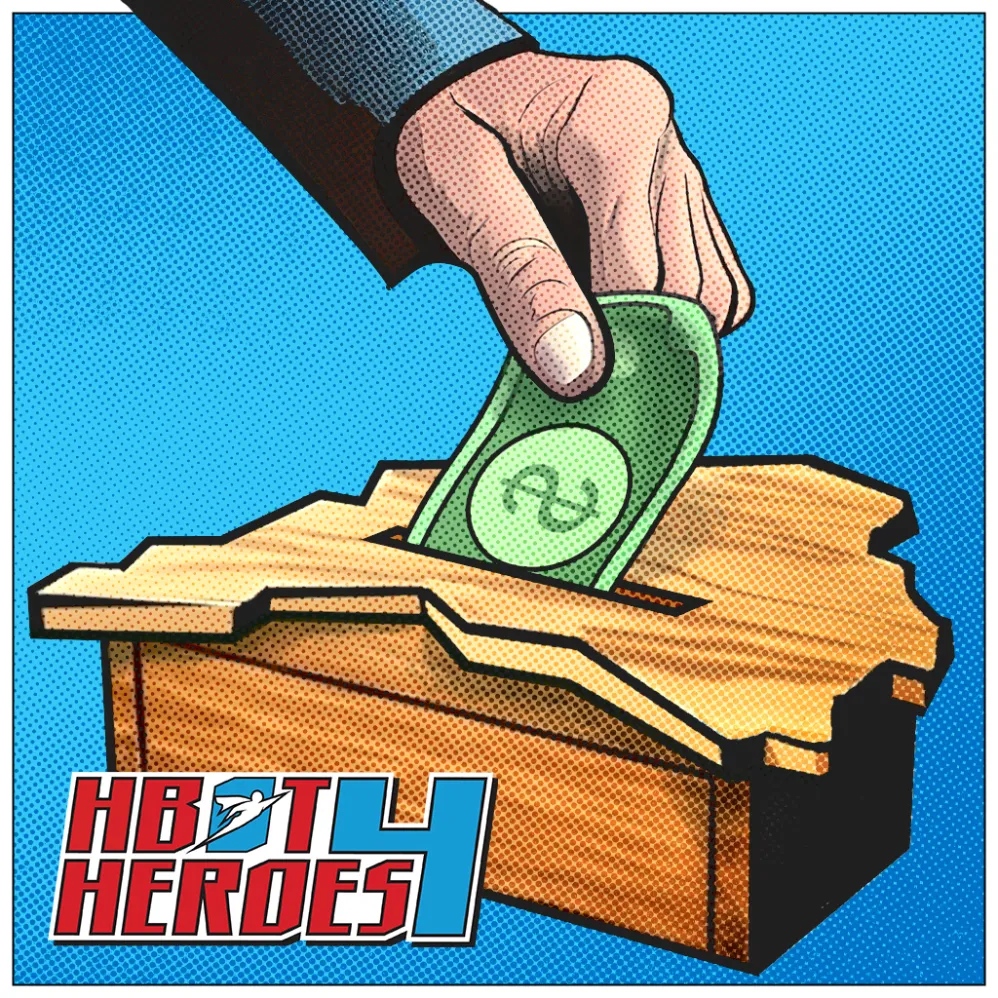
Final Word
Omer Reinhold’s journey reminds us that early intervention matters. So does listening. If a veteran says, “I don’t feel like myself,” it’s time to act.
At HBOT4Heroes, we are proud to be part of that action.
If you or a loved one is struggling with invisible wounds:
- Learn more about HBOT at hbot4heroes.org
- Contact us about treatment options and eligibility
- Help us expand access through donations or sponsorship
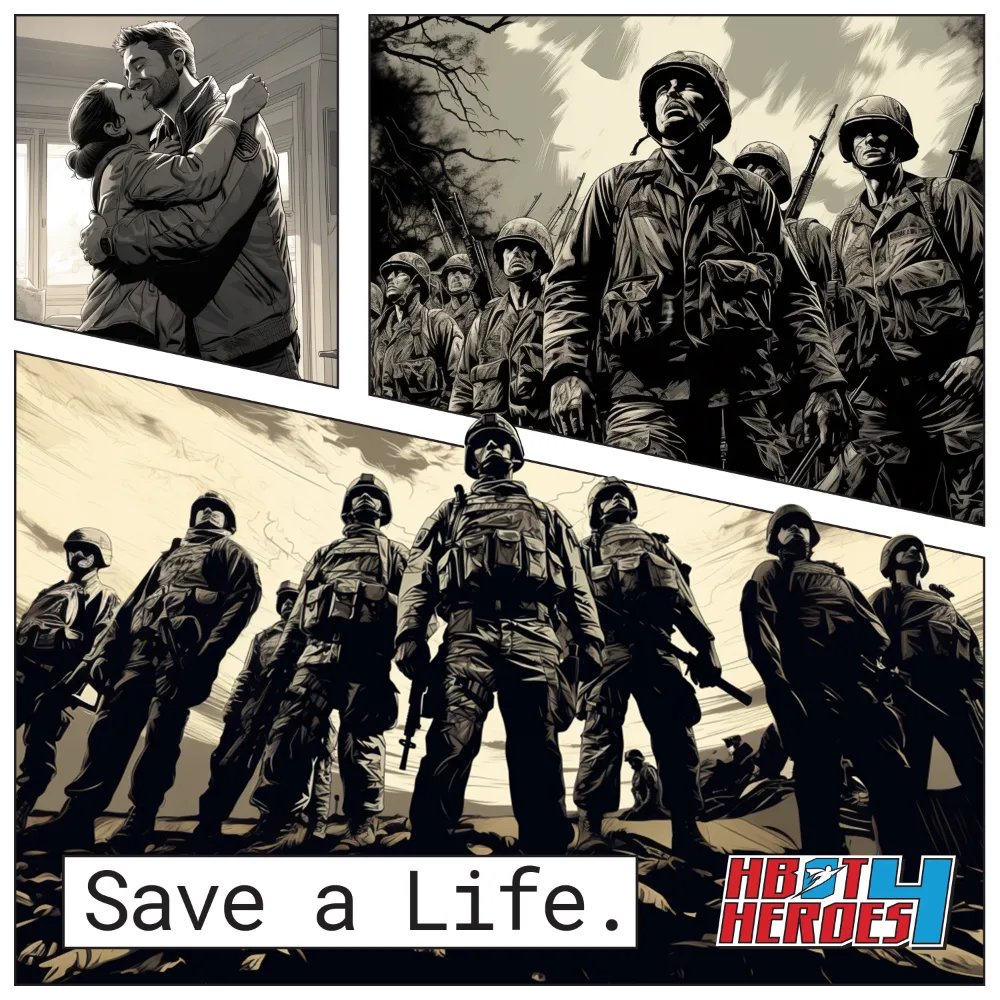
“Be the reason someone gets a second chance.”
Sources
- “It doesn’t bleed, but it breaks you: Soldier’s hidden injury sheds light on blast trauma” – Ynet News (July 2, 2025)
https://www.ynetnews.com/health_science/article/syn6qyghlx - Operation Deep Dive – America’s Warrior Partnership and Duke University (2022)
https://www.americaswarriorpartnership.org/operationdeepdive - Costs of War Project – Brown University (2021)
https://watson.brown.edu/costsofwar
- HBOT Legislative Reports, NC DHHS
